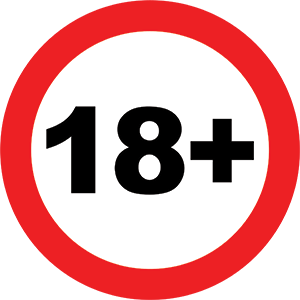
Learn How To Read Moneyline Odds
When it comes to sports betting, the most straightforward bet we can do is on a match-winner. The bettor just has to select the side he thinks will win and place his wager. Usually, this type of bet is known as Moneyline odds. Sports bookies show this betting market as 1X2. This term is mostly used in the American sports betting jargon, so this market is mainly expressed in the American odds format. In Europe, the Moneyline market is nothing more than predicting a match's winner through the decimal and fractional odds formats. So, the Moneyline lower odd is the favorite, and that with the higher odds is the underdog.
The American odds format relates the stake with the net profit you can get. Besides, it identifies the favorite side (the chalk) and the less probable (the underdog) through plus (+) and minus (-) signs. Thus, the Moneyline market eases to relate what we bet with what we earn. On the other hand, it makes it harder to calculate events' probabilities. Moneyline betting is the standard in America for most North American sports such as baseball and American football. In the American format, we have a positive or negative number that says how much we will win by betting $100 or how much we have to bet to win that $ 100.
What the Moneyline odds mean
This premise is the Moneyline bets' base:
It indicates how much we must bet to get a $ 100 profit if we bet on the favorite. But, if we bet on the team with the lowest possibilities, it shows how much you'll earn by betting $ 100. For example, the odds for betting on Moneyline on a baseball game might be as follows:
- Houston Astros -130
- Atlanta Braves +120
The negative sign in front of the Astros' odds means this team is the favorite. Likewise, the positive sign in front of the Braves' odds indicates this team is considered the underdog. In this case, we must bet $ 130 to win $ 100 if we think the Astros will win. On the contrary, we will win $ 120 if we bet $ 100 on the Braves' victory. To remember this odds' meaning more efficiently, we can try to understand them in the following way:
- We will associate the minus sign (-) with the money that must come out of our pocket to earn $ 100.
- We will relate the plus sign (+) to the profit we will gain if we invest $ 100.
Of course, it is not mandatory to invest $ 100 in each Moneyline bet we are going to place. We can invest the money we want, and our earnings will be proportional to this amount. For many bettors, referring to stake and profit is a more intuitive way of understanding the market situation than decimal odds. We refer to how much money we earn or lose without having to do any mathematical calculations to know our profit. Understanding how the Moneyline odds in American format works is a must for bettors who want to bet on American sports.










